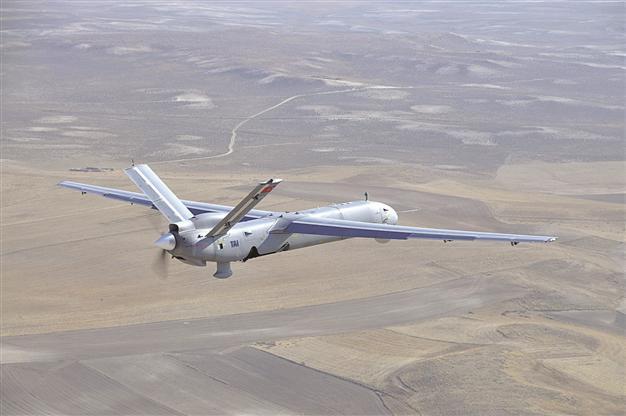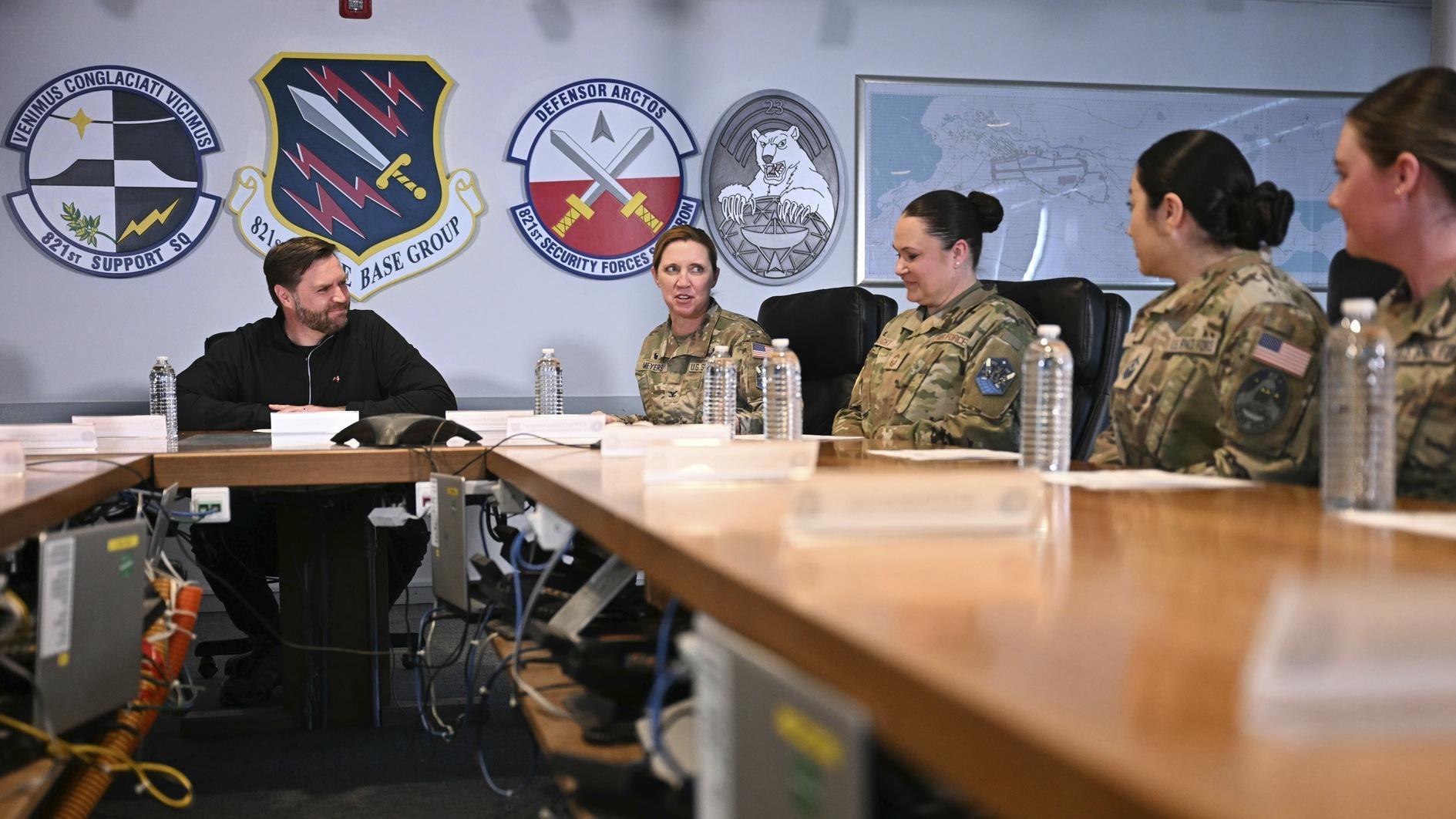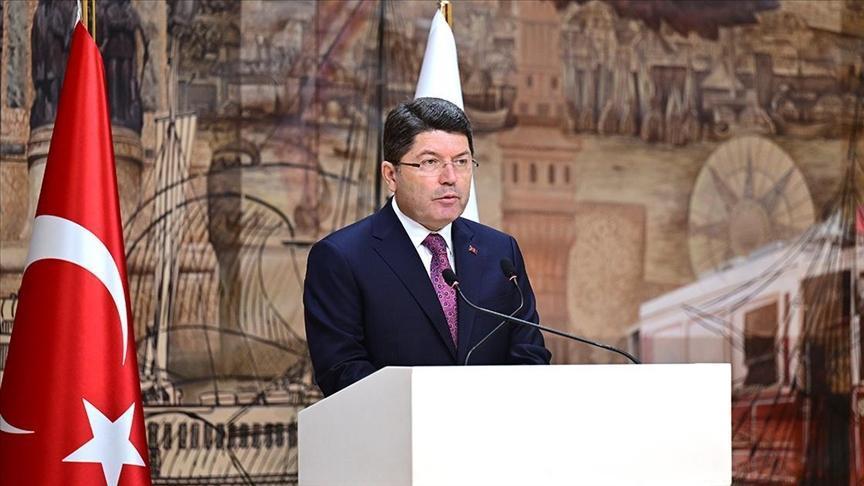TAI’s troubled pride: Anka and Hürkuş
Burak Bekdil

The work on the Anka dates back to 2004, but TAI was only able to deliver two prototypes to the Turkish military, one of which crashed in 2013, while the other is stationed at an air base. DHA photo
In the last few years, almost every visiting foreign dignitary representing a country potentially a buyer of weapons systems has been taken to TUSAŞ Turkish Aerospace Industries (TAI) so that its proud war toys could be showcased: A drone and a basic trainer aircraft.Both aircraft (well, their fancy photos) were illustrated on election billboards with President (then Prime Minster) Recep Tayyip Erdoğan proudly heralding to the Turks that “100 percent Turkish-made military aircrafts were flying.”
With the local aerospace technology Turkey would gain from both aircraft programs, the country would eventually design, develop and produce a fighter jet – and sell all three to foreign buyers.
Last month, TAI officials were in Pakistan, hoping to build upon giving subcontracting work on the Anka, TAI’s unmanned aerial vehicle in the medium altitude, low endurance category. U.S. weekly Defense News quoted TAI officials as saying subcontracting work could be given to Pakistan Aeronautical Complex by “looking for opportunities to export it to Pakistan.” They said the Anka “is far better suited in every respect” than Pakistan’s C-130s.
A TAI executive also said the company was ready to explore any opportunity to supply a variant of its Hürkuş turboprop trainer. There are problems, though.
The work on the Anka dates back to December 2004, precisely 10 years earlier. In what an advance technology country could have built a new fighter aircraft, the TAI could only deliver two prototypes to the Turkish military, one of which crashed in 2013. The other prototype is stationed at an air base in Batman, southeastern Turkey, but is not operational although an original timetable stated that three Ankas should have been operational last year.
After having spent more than $200 million on the Anka program, the TAI is now aiming higher: The Anka-S, ideally to be delivered to the military in 2016.
An aviation expert said the delivery year was not “realistic at all.” He said: “Work is required to make the Anka lighter to fit into the promised specifications. I am not sure how soon the TAI can make that.”
Meanwhile, the Turkish military’s persistent push to buy an extra batch of Korean-made KT-1 basic trainers could prune export prospects for the Hürkuş, including to the Pakistani military.
“Why should foreign militaries be enthusiastic about a system for which the producing country’s own military is not enthusiastic?” a defense analyst said.
Turkey has signed a deal with the TAI to buy 10 Hürkuş units, but is pushing for a follow-on order from Korean Aerospace Industries for 15 KT-1s in an approximately $150 million deal. In 2007, Turkey and Korea Aerospace Industries (KAI) signed a contract for the sale of an initial batch of 40 KT-1s, with an option for 15 more.
The aviation expert said the Turkish military is not comfortable about the Hürkuş’s delivery schedule, targeted at 2017-2018.
“Apparently, the military command fears delays in deliveries. They don’t want disruptions in their training concept,” he said.
















